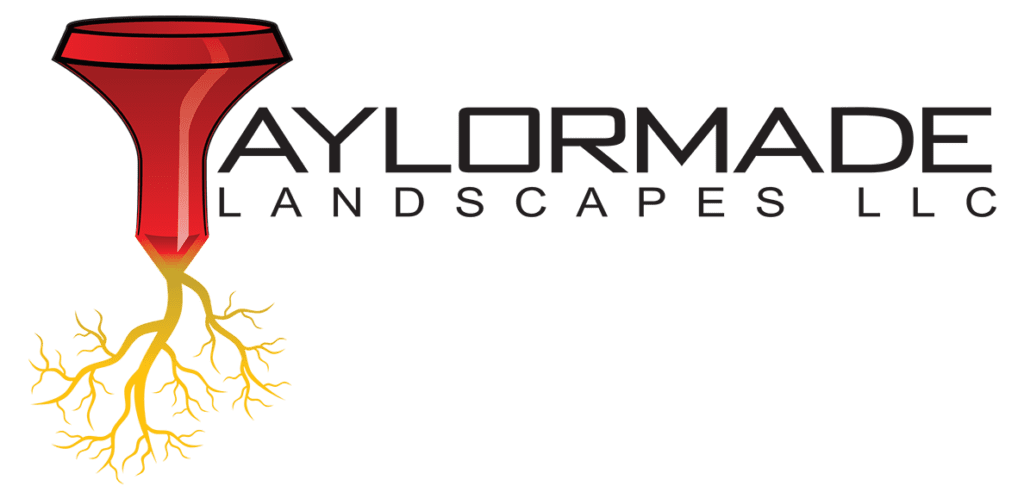As we venture deeper into 2025, the world of landscaping is witnessing a transformative shift, particularly within the realm of hardscape installation. Hardscaping, which encompasses the non-plant elements of landscape design such as patios, pathways, retaining walls, and water features, is more than just a functional aspect of outdoor spaces; it plays a foundational role in enhancing aesthetics, usability, and environmental sustainability. As homeowners and designers increasingly prioritize outdoor living areas as extensions of their interiors, the demand for expert hardscape installation has surged. This trend necessitates a comprehensive understanding of the best practices that not only ensure structural integrity and visual appeal but also address the ecological considerations of modern landscape practices.
In 2025, the landscape industry is increasingly informed by technological advancements, innovative materials, and shifting consumer preferences, all of which contribute to the evolution of hardscape techniques. For instance, the integration of smart technology and sustainable materials has paved the way for more eco-conscious projects that meet the dual goals of elegance and environmental stewardship. Additionally, an emphasis on functionality and aesthetics has encouraged professionals to reimagine traditional hardscaping methods, incorporating design elements that harmonize with natural surroundings and respond to the changing climate.
This article delves into the best practices for hardscape installation in 2025, providing valuable insights and recommendations for landscape designers, contractors, and homeowners alike. From selecting the right materials and tools to understanding the importance of site preparation and drainage, our exploration covers the essentials of ensuring durability, safety, and visual appeal in hardscaping projects. As we navigate these best practices, we will also look ahead to future trends that promise to shape the landscape industry further, ensuring that every hardscape project is not only an investment in functionality but also a commitment to the environment and community.
Site Preparation and Assessment
Site preparation and assessment are critical first steps in any hardscaping project. This phase involves a thorough evaluation of the site to ensure that the project can be executed smoothly and effectively. Key factors include examining the existing landscape, identifying potential drainage issues, analyzing soil conditions, and determining the best placement for hardscape features such as patios, walkways, and retaining walls. In 2025, the importance of using advanced technologies and methods in site assessment has become more pronounced. Drones and GIS technology allow landscape professionals to gather high-resolution topographical data and spot potential pitfalls early in the planning process.
One of the primary concerns during the site assessment is ensuring that the land is stable and suitable for the intended hardscape installation. It’s necessary to check for soil type, compaction strength, and existing vegetation, which can influence drainage and the longevity of the materials used. Removing debris, vegetation, and any old structures can also play a pivotal role in achieving a smooth installation surface. In 2025, there’s a strong emphasis on sustainable practices, including soil testing to assess nutrient content and potential contamination, allowing for more eco-friendly site preparation techniques.
When preparing the site, ensuring proper grading is critical to facilitate adequate drainage and water flow. This prevents flooding and erosion, which can undermine hardscape installations over time. Incorporating a natural slope in hardscape design can also help promote effective water management. Furthermore, the implementation of smart technology can streamline this process; for example, utilizing advanced laser grading tools can ensure precision in the land contouring stage. As the emphasis on environmental responsibility continues, integrating native plants during site preparation can further enhance the ecosystem, seamlessly blending hardscape features into the natural terrain.
In conclusion, site preparation and assessment are foundational to successful hardscaping, especially with the ever-evolving technologies and methodologies in 2025. Incorporating modern tools, sustainable practices, and a focus on environmental harmony not only enhances the project’s success but also contributes to more resilient and lasting landscapes. Ensuring a thorough understanding of the site before beginning the installation can yield visually and functionally superior hardscape installations.
Material Selection and Sustainability
When it comes to hardscape installation, the selection of materials plays a critical role not just in the aesthetic appeal of a project, but also in its sustainability and durability. In 2025, the emphasis on environmentally responsible choices is more pronounced, with a growing awareness among consumers and industry professionals alike about the impact of materials on the planet. Therefore, selecting materials that are locally sourced, recyclable, and have a low carbon footprint is paramount. Options like permeable pavers, reclaimed wood, and composite materials made from recycled products are gaining popularity, as they not only reduce environmental impact but can also offer unique and appealing visual elements to hardscape designs.
One key aspect of material selection in modern hardscaping is the integration of sustainable practices throughout the supply chain. This includes supporting manufacturers who prioritize eco-friendly production methods, as well as ensuring that materials chosen are resilient and capable of withstanding the test of time. Such materials minimize waste associated with replacement and repairs and can significantly decrease the need for resource-intensive maintenance down the line. Moreover, using natural stones or sustainably harvested timber not only contributes to a more ecological project but also aligns with growing consumer preferences for authenticity and craftsmanship.
In addition to focusing on materials, professionals should also consider the lifecycle of the product when making selections. In 2025, the trend is moving towards materials designed not only to perform well initially but to maintain their integrity over many years. This foresight can be achieved by selecting products that include warranties, and performance ratings, and are tested for various weather conditions, ensuring they will withstand climate fluctuations. Beyond physical durability, another dimension to consider is the end-of-life phase of the materials used, such as whether they can be repurposed or recycled after their typical lifespan ends.
Best practices for hardscape installation in 2025 also involve examining how the chosen materials interact with the surrounding environment. For example, incorporating permeable surfaces allows for natural water infiltration, helping to manage stormwater runoff and reduce erosion, which is increasingly important in urban areas facing high levels of impermeable surfaces. Moreover, adhering to local regulations and guidelines regarding water runoff and environmental impact not only ensures compliance but also fosters responsible stewardship of local ecosystems.
Overall, in 2025, the decision-making process for material selection in hardscape projects is deeply intertwined with a commitment to sustainability and a future-oriented perspective. By prioritizing environmentally friendly materials and practices, professionals can contribute to creating landscapes that not only look appealing but also support ecological health and sustainability for generations to come.
Drainage Solutions and Water Management
Effective drainage solutions and water management are critical components of any hardscape project, especially as climate patterns continue to shift, leading to increased rainfall and flooding in many areas. In 2025, proper drainage systems are no longer an option but a necessity to protect both hardscape installations and surrounding landscapes. A well-designed drainage solution helps divert water away from foundations, prevents erosion, minimizes standing water, and, importantly, maintains the integrity of the hardscape materials.
When considering drainage solutions, one must first evaluate the topography of the site and assess how water naturally flows across it. This includes identifying slopes, low points, and existing water features. Understanding these factors allows for the design of effective grading solutions that can direct water away from high-traffic areas and structures. Implementing a combination of methods—such as swales, permeable pavers, and French drains—can effectively manage excess rainfall while promoting groundwater recharge. Furthermore, property owners may need to consider regulations regarding stormwater management, which may dictate specific solutions that capture and redirect water to minimize environmental impact.
In 2025, sustainability will also play a pivotal role in hardscape drainage solutions. Eco-friendly materials and methods that allow for natural filtration are gaining popularity, reducing the reliance on traditional piped drainage systems that can be costly and environmentally taxing. Permeable hardscape materials, which allow water to infiltrate the surface and recharge the groundwater table, are seen as a valuable addition. Using rain gardens and bioswales can help in managing runoff while creating an aesthetically pleasing landscape. These elements not only contribute to water management but also support local ecosystems by providing habitat for wildlife.
Moreover, maintenance considerations must be included in the planning phase of drainage solutions. In regions prone to heavy rains or snowmelt, regular maintenance is crucial to ensure that drainage systems remain effective. Homeowners should be educated on how to clean and inspect their drainage solutions periodically to prevent clogging from leaves and debris. Incorporating maintenance access points in the design can simplify this upkeep, ensuring that water management systems function efficiently over time. Overall, integrating advanced drainage solutions with a focus on sustainability and longevity can enhance the function and beauty of hardscapes while protecting them from the adverse effects of water damage.
Installation Techniques and Tools
Installation techniques and tools play a crucial role in the success and durability of hardscaping projects. In 2025, advancements in technology and materials have pushed the boundaries of what can be achieved in outdoor design. Professionals and homeowners alike must prioritize proper techniques to ensure stability, aesthetic appeal, and longevity of hardscaped areas such as patios, walkways, retaining walls, and decorative features.
One of the best practices is the use of precision tools and equipment, including laser levels and marking technologies, which allow for accurate measurements and placements. These tools assist in achieving the proper slope for drainage, ensuring that water does not pool in unexpected areas. The use of automated equipment for grading and excavation work can significantly improve the efficiency and accuracy of site preparation, laying a solid foundation for any hardscape installation.
In addition to using the right tools, the installation techniques themselves must reflect best practices adapted to the latest materials. For instance, understanding the specific requirements of various paving materials—such as porous pavers or permeable concrete—can help in applying the correct bonding methods and jointing is essential for preventing movement and cracking. Multiple layers of base material, such as crushed stone or gravel, can also enhance stability and support for heavy loads, such as vehicles on driveways. Proper compaction methods, utilizing both hand-held and mechanical compactors throughout the installation process, will further ensure that the surface will withstand wear and tear over time.
Another key aspect in 2025 includes the integration of sustainable practices within installation techniques. This involves focusing not only on the materials used but also on how they are applied. Techniques such as eco-friendly polymeric sand for joints and recirculating water systems can enhance the environmental benefits of hardscapes while promoting infiltration and reducing runoff.
In conclusion, proper installation techniques and the right tools are essential to any successful hardscape project. As advancements continue to emerge in technology and sustainable practices, it becomes increasingly important to stay informed and adapt these best practices. By investing in high-quality materials and employing skilled techniques, homeowners and contractors alike can ensure their hardscaping efforts will not only look stunning but also provide lasting functionality and benefit the environment.
Maintenance and Longevity Practices
Maintaining hardscapes is crucial to ensuring their longevity, functionality, and aesthetic appeal. In 2025, best practices for maintenance focus on proactive strategies that emphasize the importance of regular inspections, cleaning, and repairs. Proper maintenance not only enhances the lifespan of hardscape elements such as patios, walkways, and retaining walls but also prevents costly repairs in the long run. Homeowners and property managers are increasingly recognizing that a well-maintained hardscape can significantly impact property value and user satisfaction.
One of the essential aspects of hardscape maintenance is regular cleaning. Dirt, debris, and organic matter can accumulate over time, leading to unsightly stains and potential degradation of materials. Routine cleaning should involve sweeping surfaces, washing with water, and using environmentally friendly cleaning agents when necessary. For permeable surfaces, periodic removal of debris helps maintain drainage efficiency. Additionally, preventive measures like sealing can protect surfaces from moisture intrusion and staining, thus prolonging their life.
Inspection is another critical practice that should occur at least once a year. During inspections, homeowners should assess for any visible signs of wear, such as cracks, loose pavers, or erosion. Catching minor issues early enables timely intervention before they escalate into significant problems. Repairing small cracks with appropriate filler and replacing loose pavers or stones can help maintain the overall integrity of the hardscape. In 2025, advanced materials and technologies, such as self-healing concrete and adaptive sealants, are also becoming more accessible and are designed to enhance durability and ease maintenance.
Finally, landscaping around hardscape elements plays a pivotal role in their longevity. Proper plant selection and maintenance can prevent roots from disturbing the hard surface and limit the impacts of water runoff. Native plants and drought-resistant species not only contribute to habitat preservation but also reduce the upkeep needed for both plants and hardscapes. By integrating sustainable landscaping practices, property owners can complement their hardscape’s aesthetic, improve functionality, and promote a healthier environment. Therefore, a combination of regular cleaning, timely inspections, and mindful landscaping contributes significantly to the maintenance and longevity practices of hardscapes in 2025.



